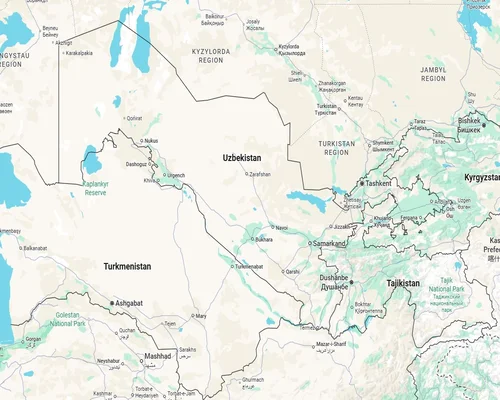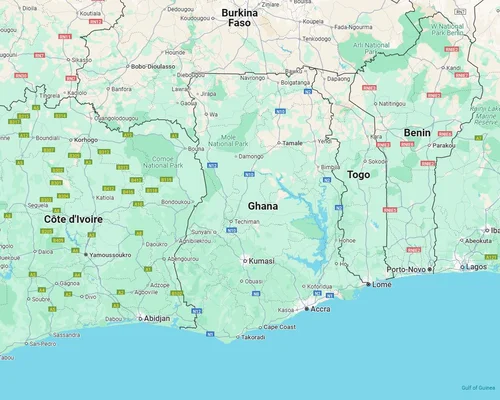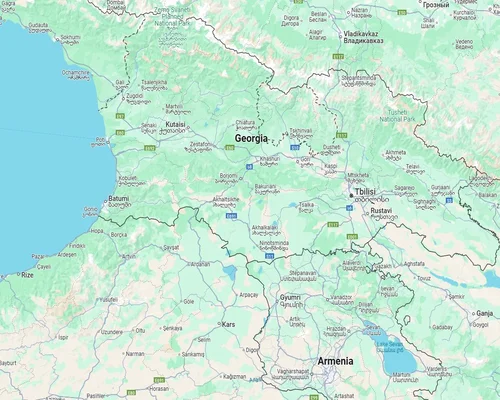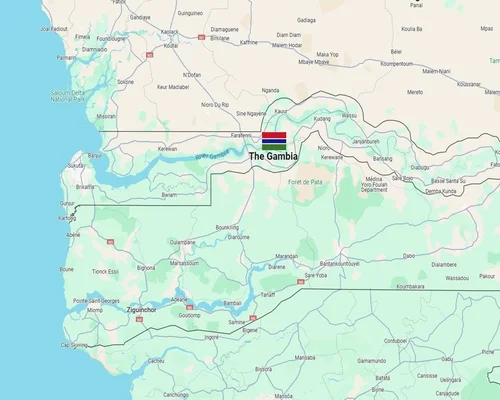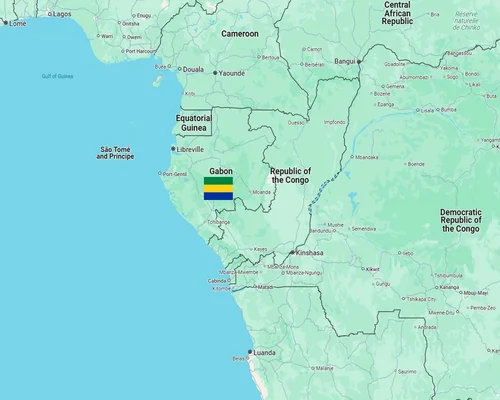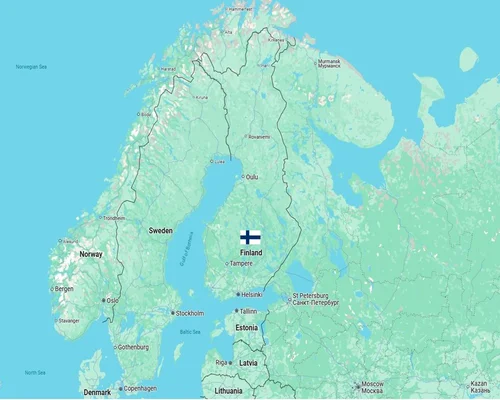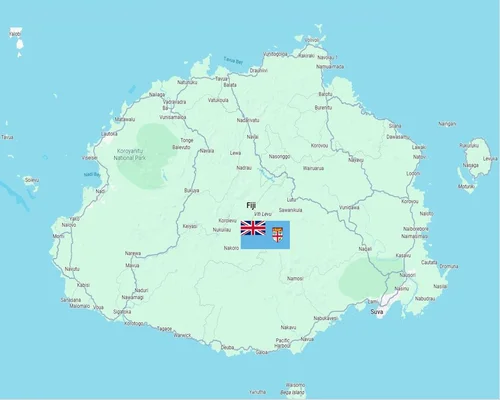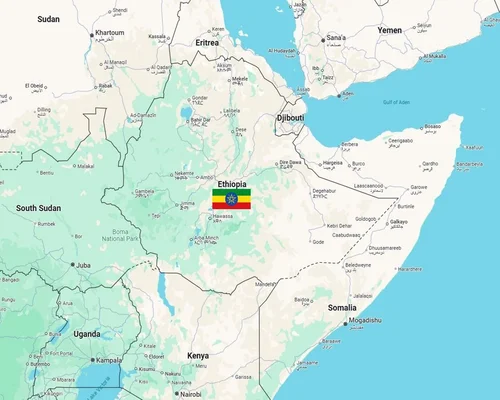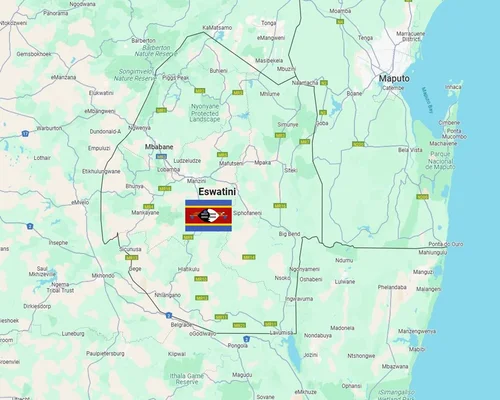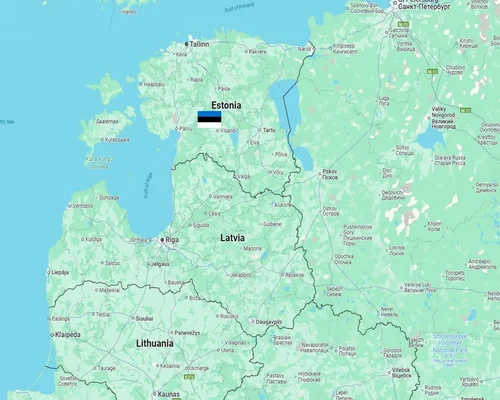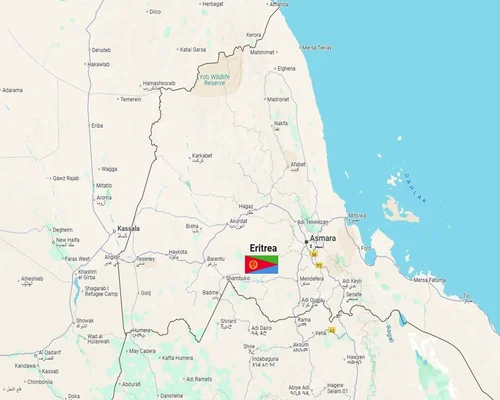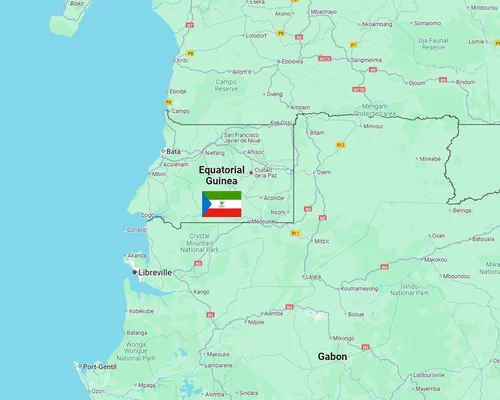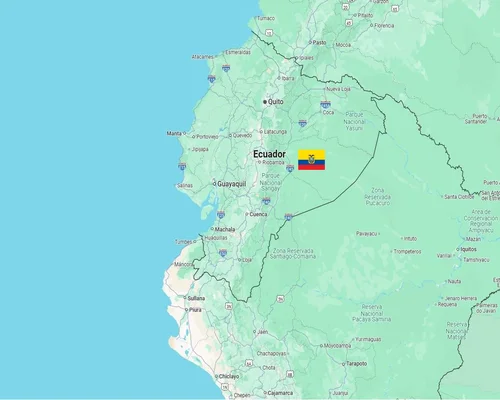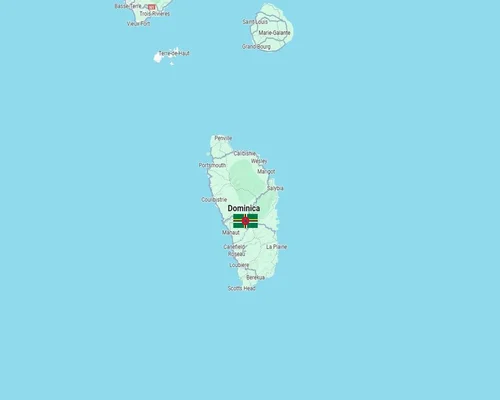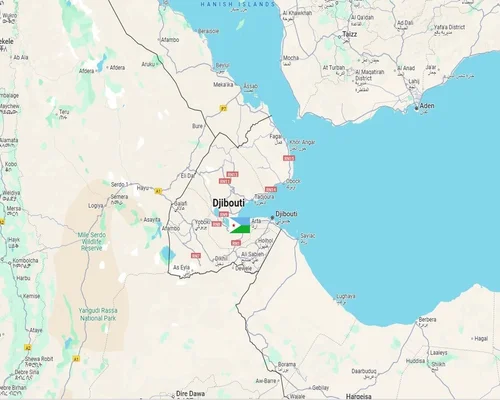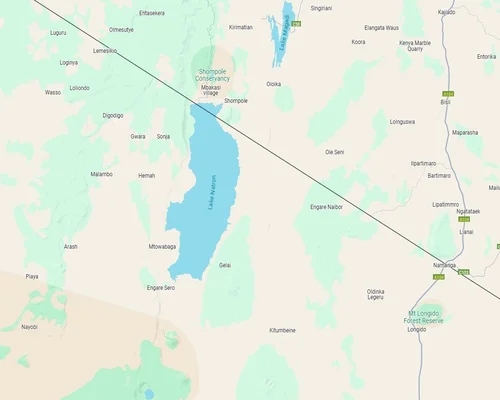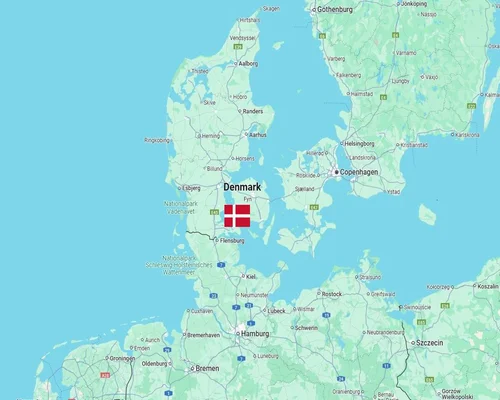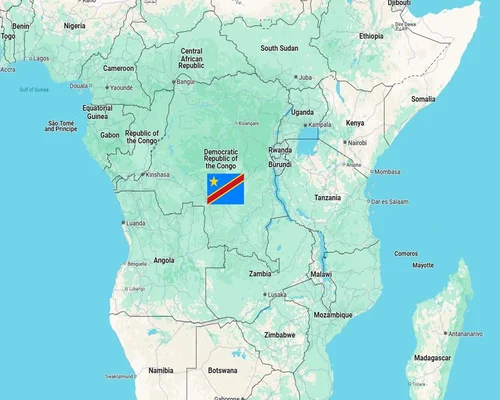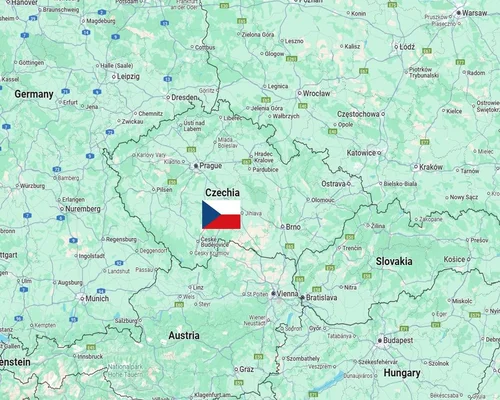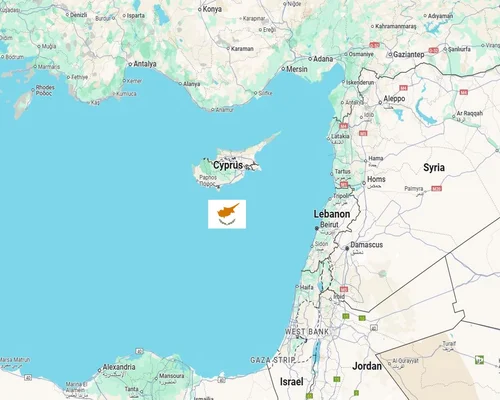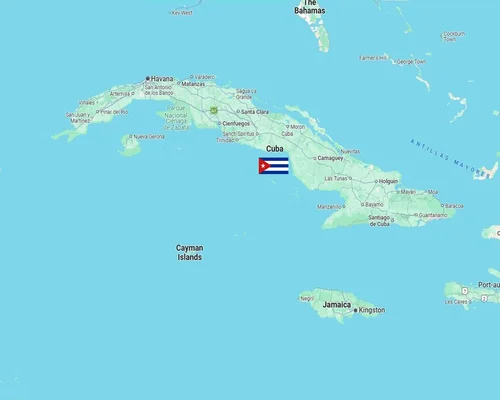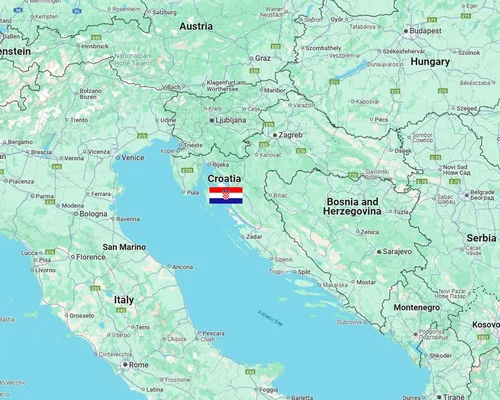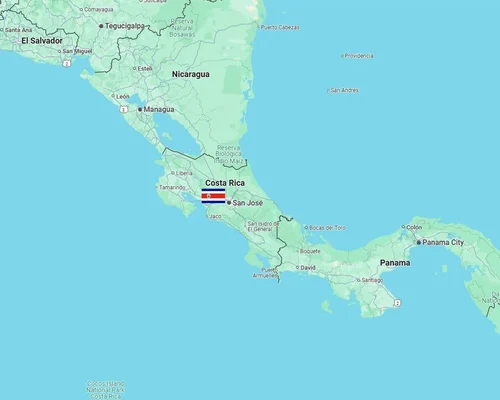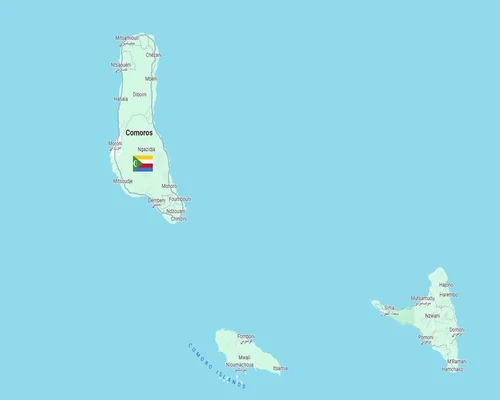
Facts About Moon
Information about the moon
The Moon is Earth only natural satellite and the brightest object in the sky after the Sun. It is an important part of our planet and plays a special role in tides, measuring time, and the beauty of the night sky.
Basic facts about Moon:
Size and structure
Radius: About 1,737 km (about 1/4 of Earth).
Surface area: 37.9 million sq km.
Mass: About 1/81 of Earth mass.
Density: 3.34 g/cm³ (about 60% of Earth density).
Location and distance
The Moon is on average 384,400 km from Earth.
It takes about 27.3 days to orbit the Earth.
Temperature
The moon surface temperature rises to 100°C during the day.
Temperatures drop to -173°C at night.
Formation of Moon:
Core:
At the center of the moon is a small core rich in iron and nickel.
Mantle:
The core is surrounded by a silicate mantle.
Crust:
The Moon surface is made of solid rock and has been impacted by many ancient meteorites.
Characteristics of Moon Surface:
Ocean Region (Maria):
Dark, smooth areas of the Moon.
These areas are formed due to the solidification of lava from ancient volcanoes.
Highlands:
The high and bright regions of the Moon.
Rocky and has many craters.
Crater:
A large crater on the surface of the Moon caused by a meteorite impact.
Eg: Tycho Crater, Copernicus Crater.
Moon Dust (Regolith):
Covering the moon surface is a layer of dust, formed from the erosion of rocks.
Lunar Phases:
The moon reflects sunlight in different positions, which creates the phases of the moon. The main stages are:
New Moon:
Moon is invisible or very faint.
Half Moon (First Quarter, Last Quarter):
Half of the moon is illuminated.
Full Moon:
The entire surface of the moon is illuminated.
New Moon and Full Moon:
During the new moon, the moon is between the sun and the earth.
At full moon, the moon is on the opposite side of the earth.
Effect of Moon:
Tides:
The Moon gravitational force causes tides in Earth oceans.
Rotation of Earth:
The Moon gravity slows the Earth rotation.
Impact on Biodiversity:
Various animal behaviors, such as the laying of eggs by turtles and the reproduction of some animals, are related to the phases of the moon.
Importance of Moon in Human Civilization:
Moon in Ancient Civilizations:
Many ancient civilizations worshiped the moon and used lunar calendars.
Lunar Expedition:
In 1969, Neil Armstrong set foot on the moon for the first time during NASA Apollo 11 mission.
Later missions collected more information about the Moon.
Modern Research:
Water ice has been found on the moon, which is important for future human settlement in space.
Future Plans:
Various space agencies, such as NASA, the European Space Agency (ESA) and China CNSA, are planning to establish permanent
Bases on the Moon.
NASA Artemis mission plans to send humans back to the moon by 2025.
Conclusion:
The Moon is closely related to the Earth. It is not only the beauty of the sky, but also plays a major role in controlling the tides and the rotation of the earth. Further research on the moon is crucial for mankind space exploration.

